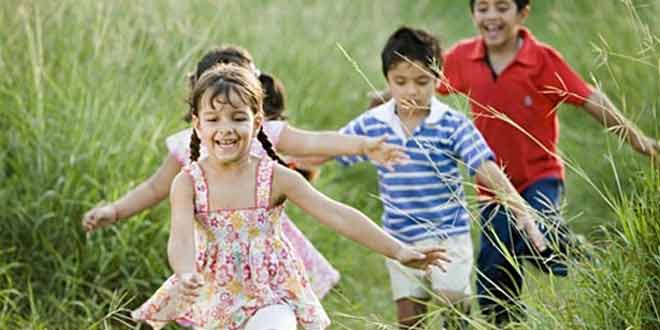
Children need to be active, say researchers
A study by the University of Cambridge has found that children are not active enough in the autumn and winter months, and spend too much time sitting indoors compared to other times of the year. Why make children active?
To look at the effect of the seasons on children’s activity levels, the team of researchers gathered data from the UK Millennium Cohort Study, which using accelerometers, measured levels of physical activity of 704 seven-year-old children over a one-year period.
The team used this data to see when children were most active, also taking into account other factors such as gender, weight, and family income.
They found that children were less active in autumn and winter in comparison to spring and summer, and that children were most active during weekends in early summer, and least active during the weekends in winter.
The average activity levels peaked in April, with an average of 65.3 minutes a day activity, and were at their lowest in February, with an average of 47.8 minutes a day of activity.
The researchers also found that although boys’ activity levels fluctuated more throughout the year than girls, their activity levels were always higher than the girls’, with boys on average still achieving the recommended minimum level of activity of all year round, whereas girls tended to only reach the recommended levels during the summer.
UK public health guidelines advise that children should participate in at least one hour a day of activity, whether it is of a moderate or more vigorous intensity. This activity could include brisk walking, running, sports or exercise. Guidelines also suggest that children should not spend too much time sitting for extended periods.
From their findings the team advised that children should be given more support to get out and about and be active in the winter months and especially on weekends, as during the week the school day helps to increase activity levels, at least during term times.
“Children need to be given more opportunities to be active, particularly during the winter months and when the weather is bad,” said Dr Esther van Sluijs, the study’s senior author.
“This might include better access to indoor spaces where children can be active or through schools changing their policies related to the use of indoor and outdoor spaces during bad weather.”
The results of the study are published in the journal Medicine & Science in Exercise & Sport.
Source: AFP/Relaxnews

